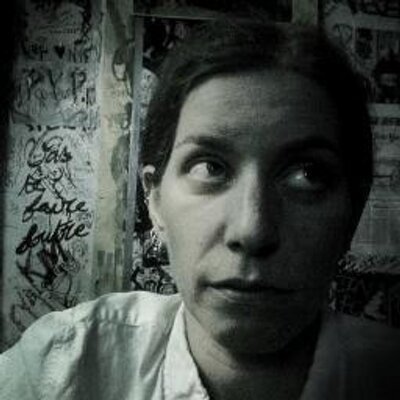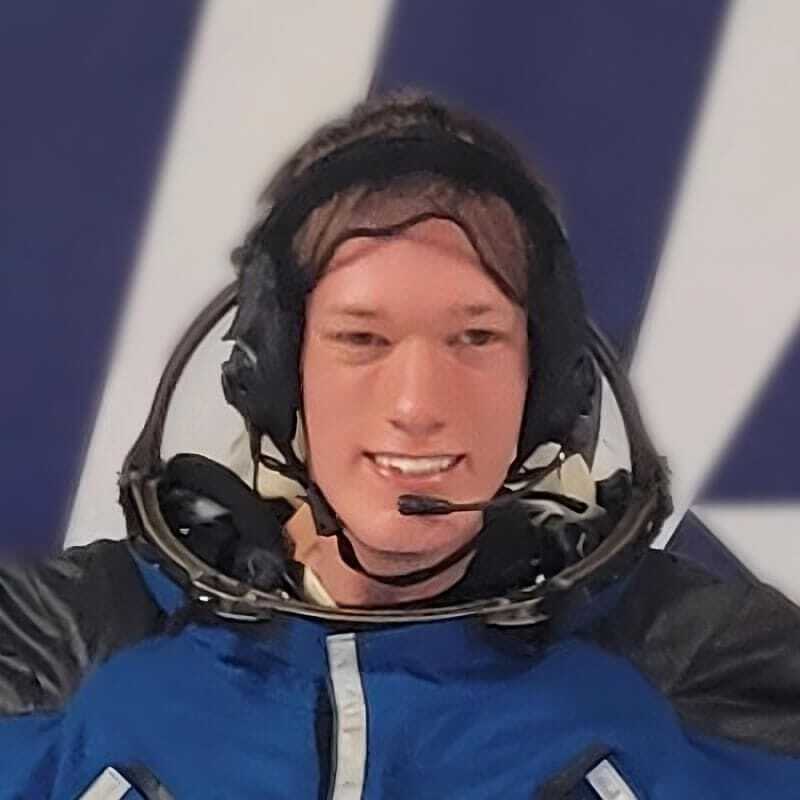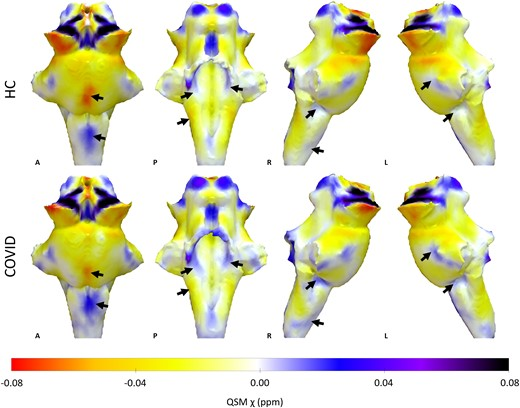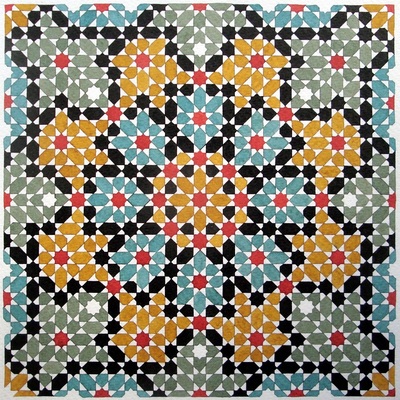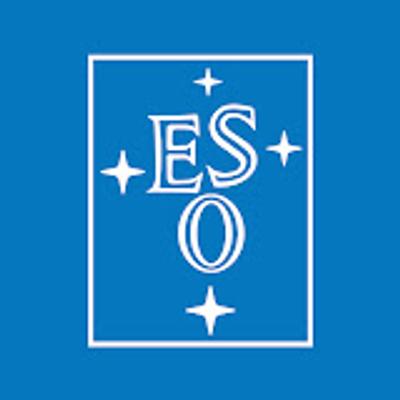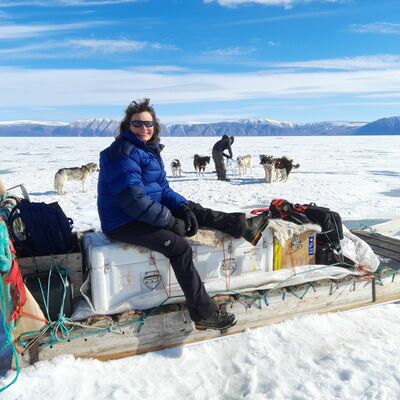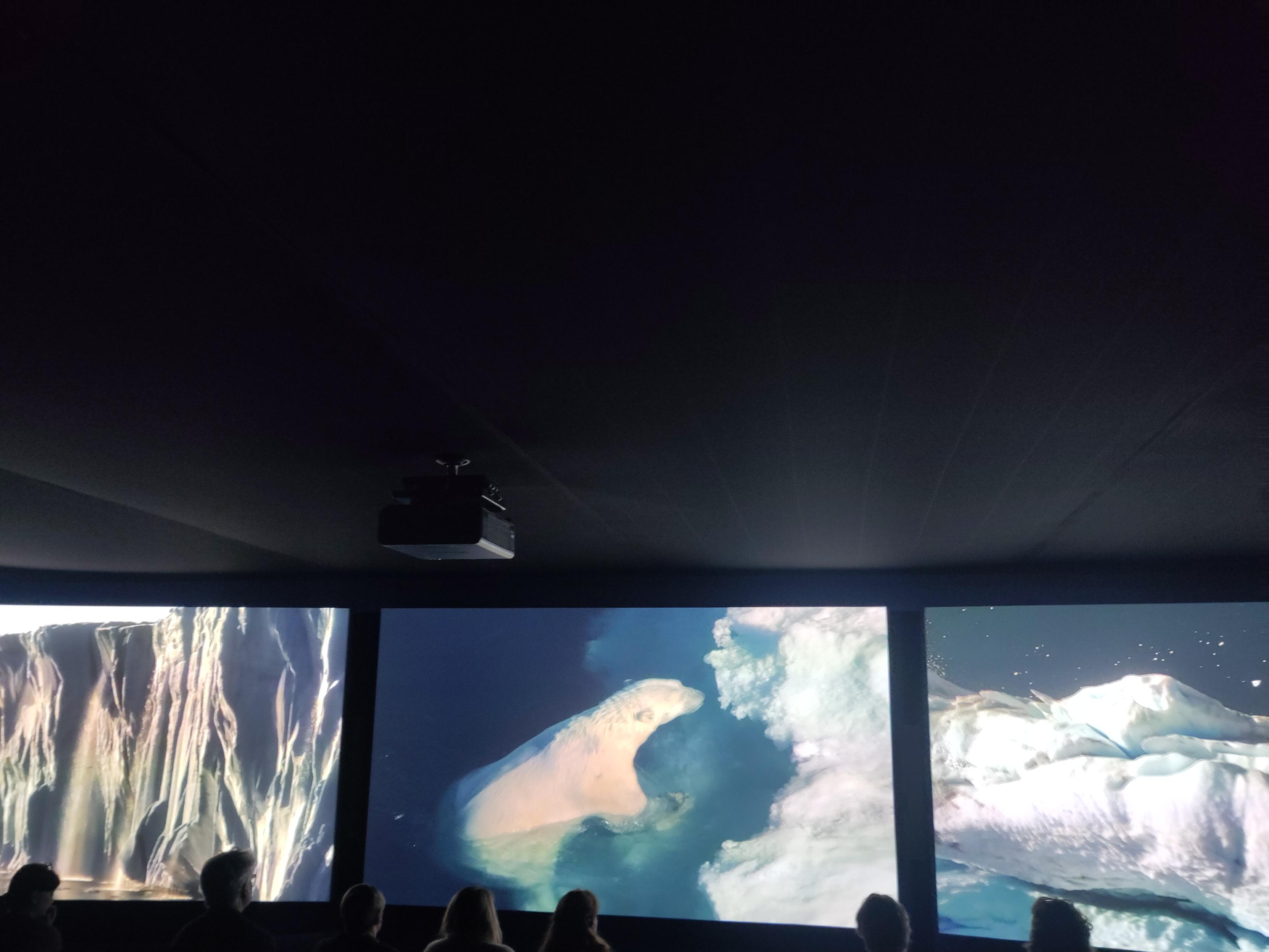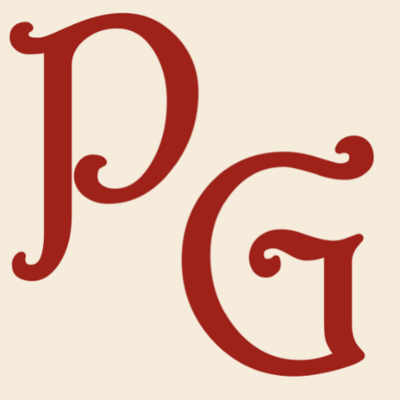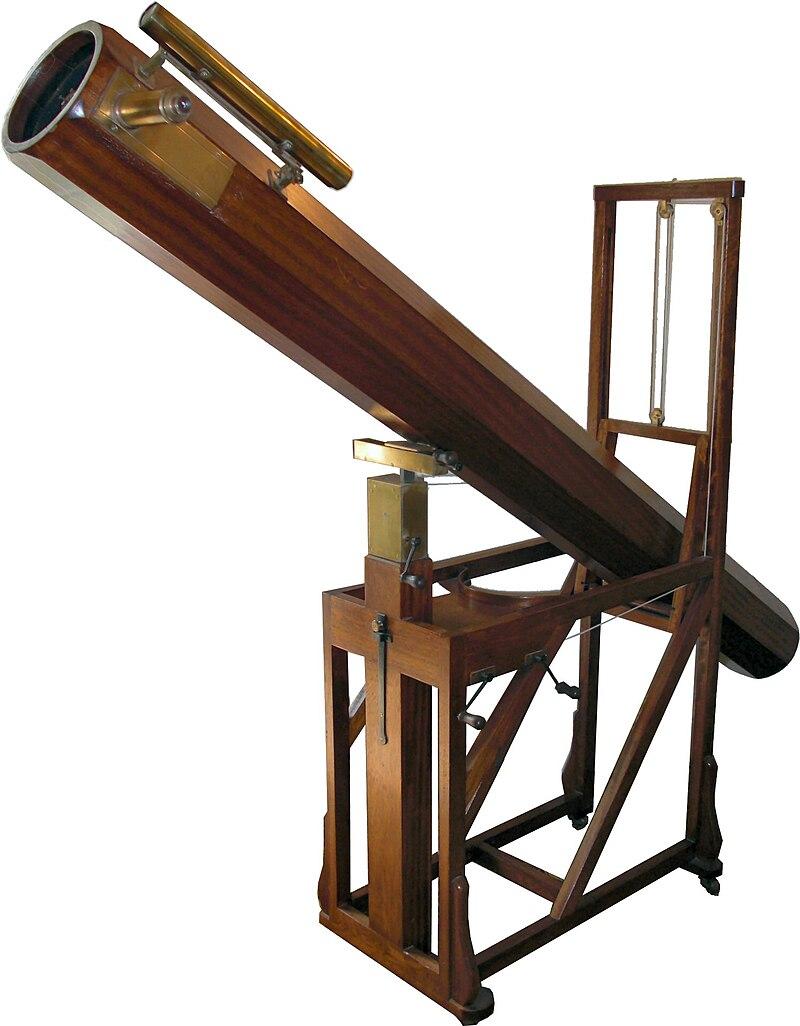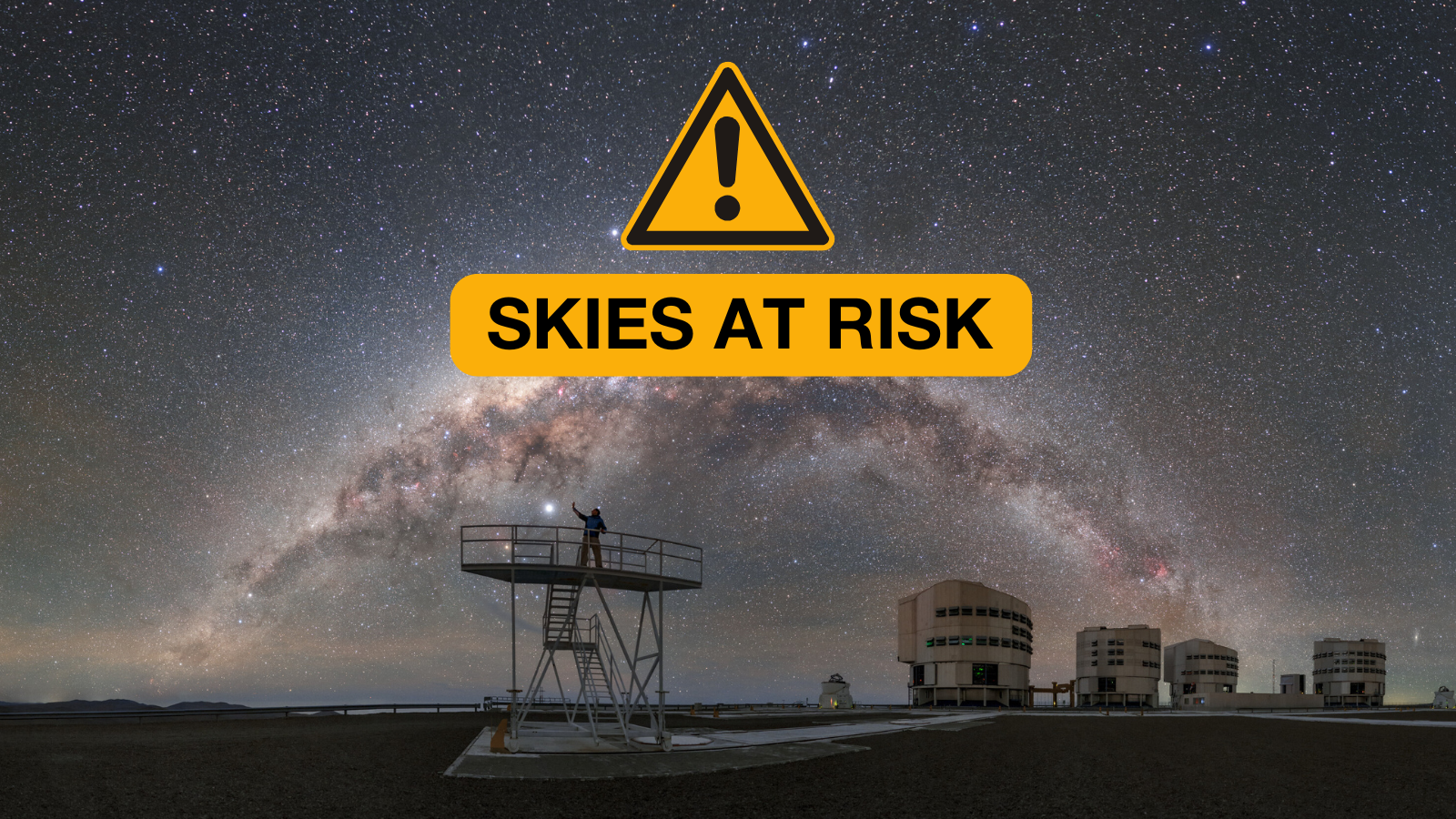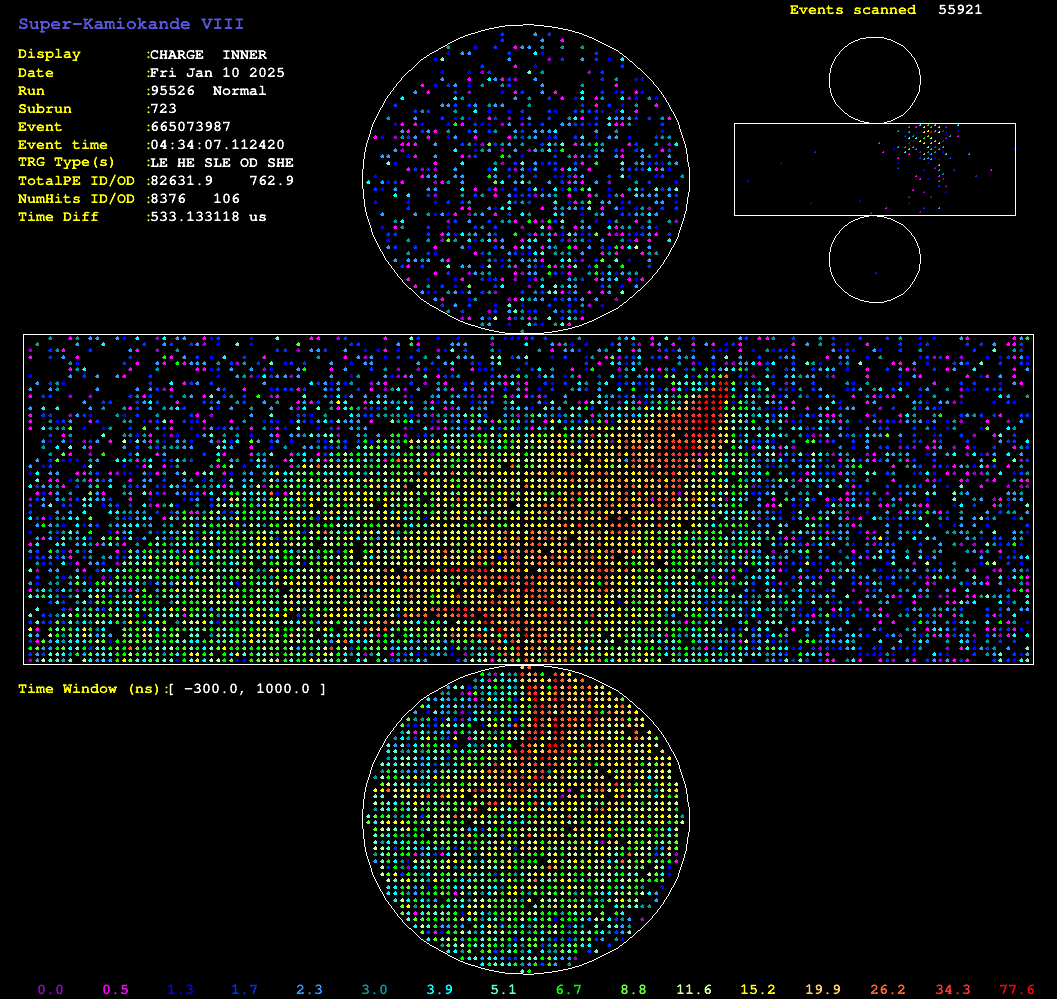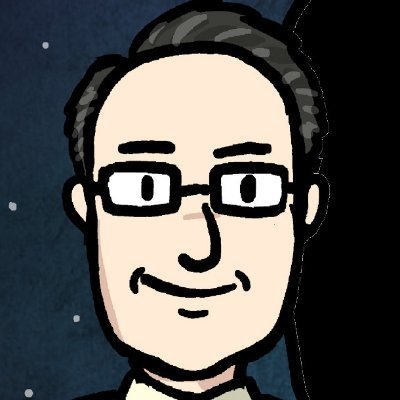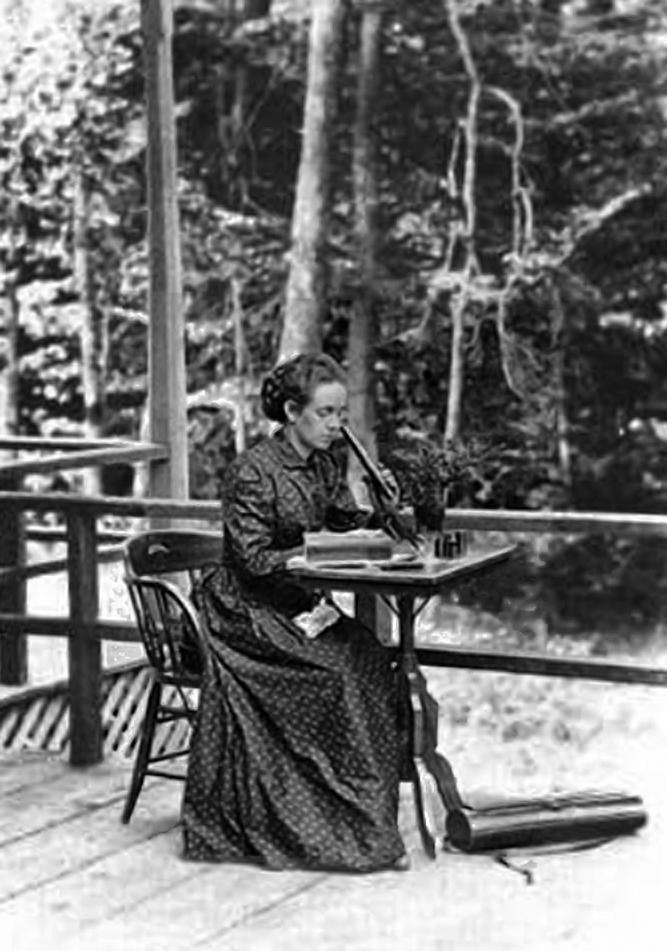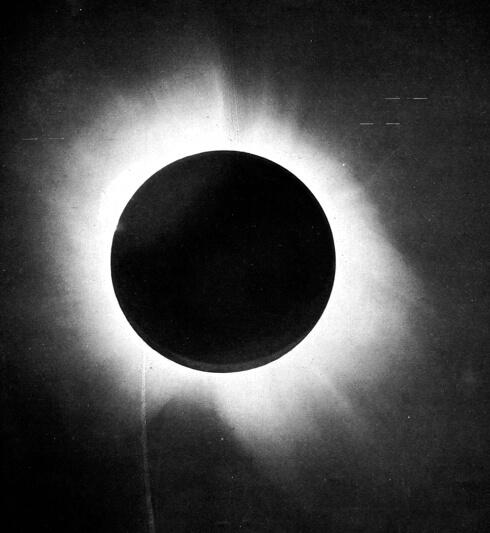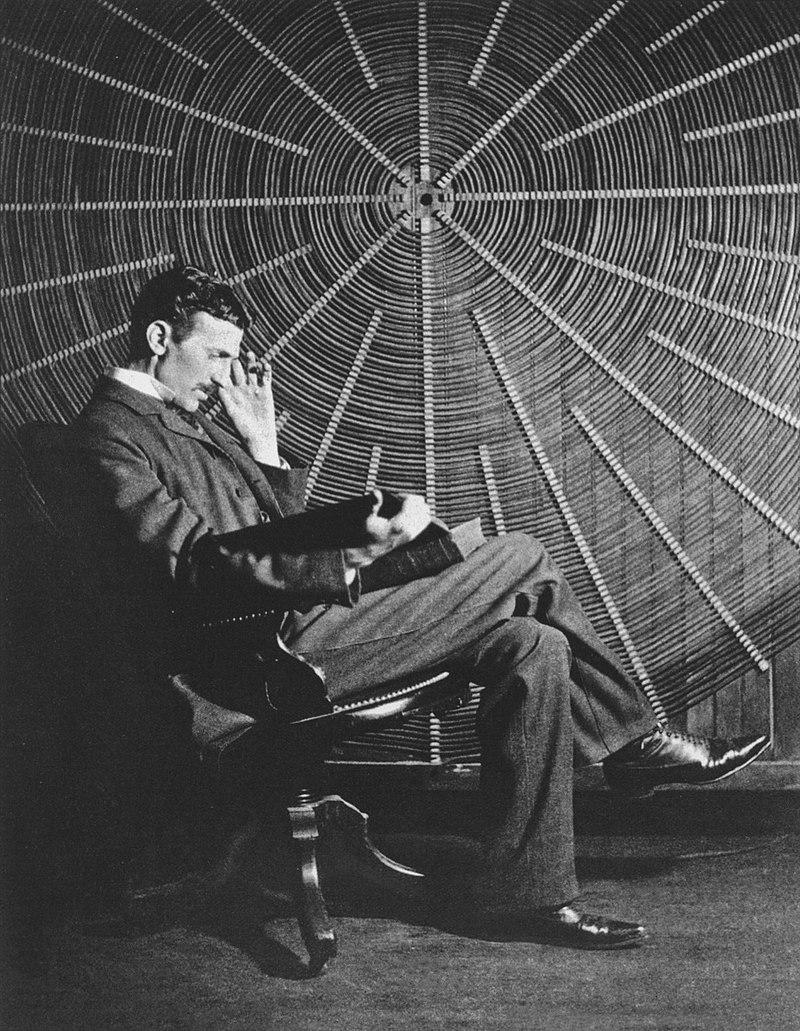The skies of Chile’s Atacama Desert, renowned as the darkest and clearest of the world, are now at risk from an industrial megaproject.
Electricity company AES Andes proposed to locate a large-scale industrial complex just a few kilometres away from our Paranal Observatory. If constructed, the resulting dust emissions, increased atmospheric turbulence, and especially light #pollution, would irreparably impact the capabilities for astronomical observation.
We urge the involved parties, specifically AES Andes, to work with the Government of #Chile to relocate this megaproject to a zone compatible with industrial development without jeopardising the skies of Paranal.
Read more: https://www.eso.org/public/news/eso2501/?lang
📷 ESO/P. Horálek
#environment #astrodon #astronomy #science


